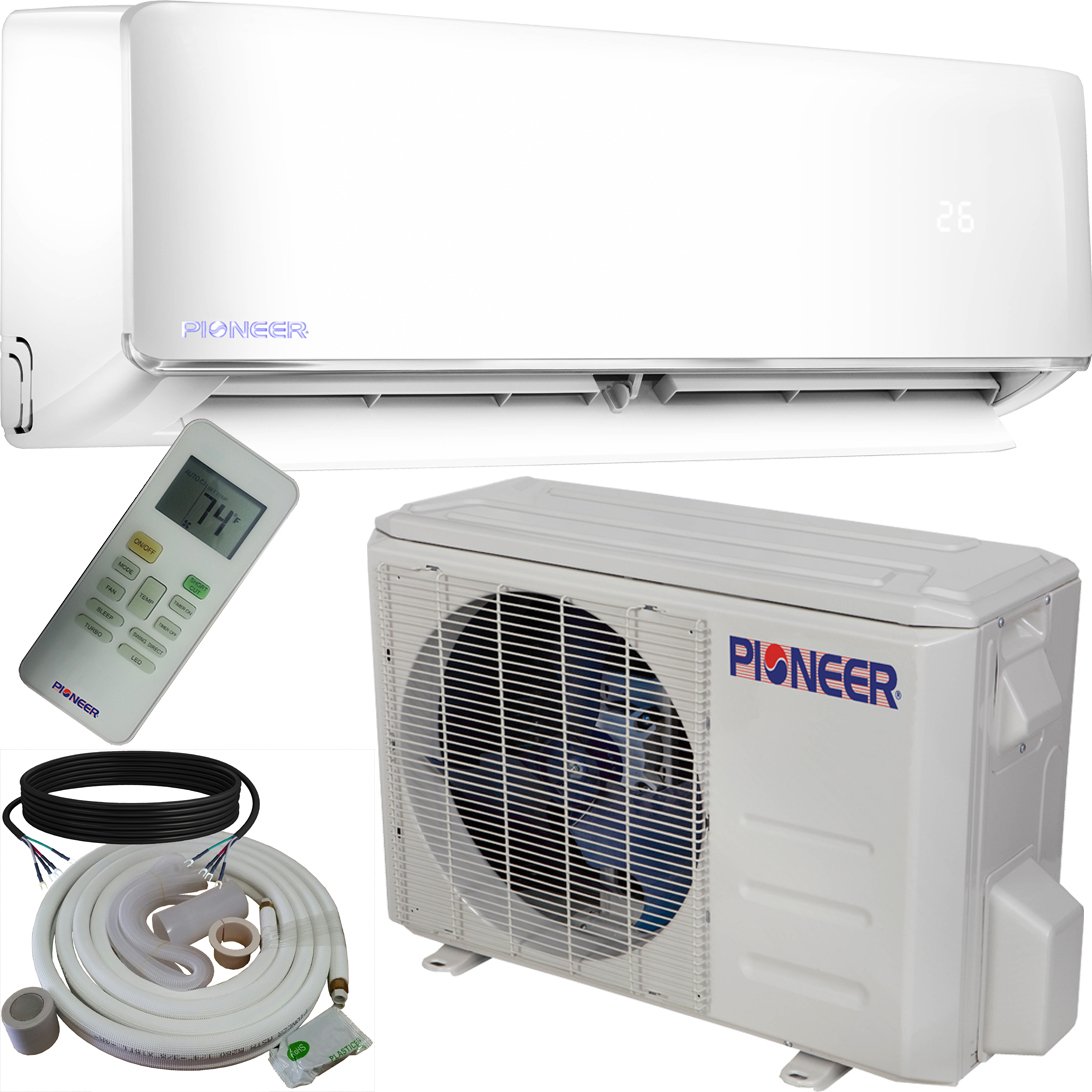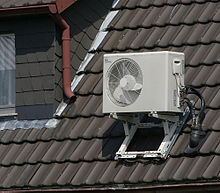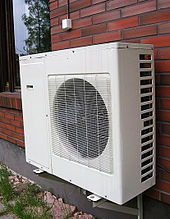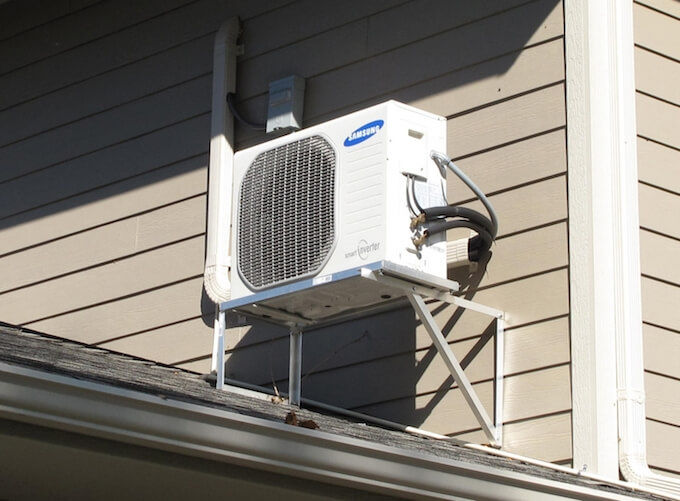BigNick
Thinks s/he gets paid by the post
Having been renting for the past 12 years, Mrs BigNick and I have taken the plunge and bought an apartment on the Spanish island of Mallorca.
It gets hot here - 90s F and high humidity every day in summer. Plus although the winters are not very cold, the apartment has minimal insulation and currently no central heating. We plan to put oil radiators in the bedrooms.
For the main room we are looking at a split A/C unit with 3.5KW (12,000 BTU) capacity, which can also act as a heater. The installer has proposed us three models, from Fujitsu, Mitsubishi, and Midea (which is a little cheaper, being a less famous brand). I have asked him for the exact model numbers so I can compare features, but... what features should I be looking for? We Europeans tend to have very little experience with air conditioners!
It gets hot here - 90s F and high humidity every day in summer. Plus although the winters are not very cold, the apartment has minimal insulation and currently no central heating. We plan to put oil radiators in the bedrooms.
For the main room we are looking at a split A/C unit with 3.5KW (12,000 BTU) capacity, which can also act as a heater. The installer has proposed us three models, from Fujitsu, Mitsubishi, and Midea (which is a little cheaper, being a less famous brand). I have asked him for the exact model numbers so I can compare features, but... what features should I be looking for? We Europeans tend to have very little experience with air conditioners!






